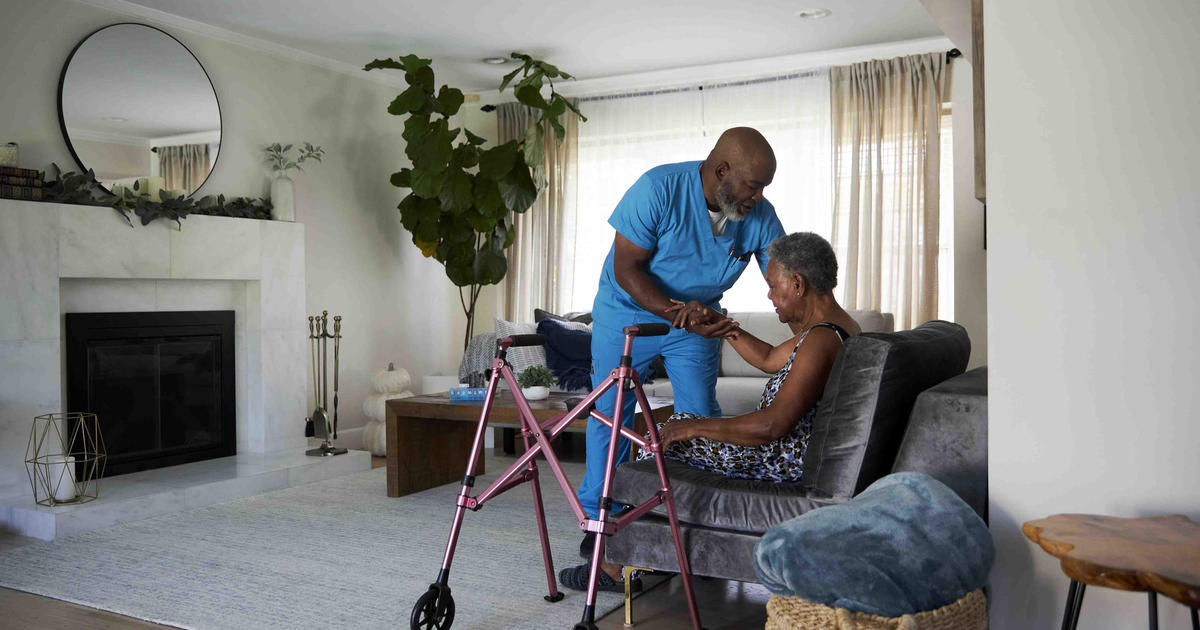How college students can make better career choices
Over the holiday break, we pondered the usual thorny questions with our daughter, who’s in her second year of college.
What summer job should she find that can offer her the right experience for promising future employment? What courses does she need to take to position herself for a good job after she graduates? What kinds of careers should she contemplate to avoid poverty?
I know millions of parents probably grappled with the same questions, yet didn’t come up with solid answers. In the face of rampant automation, outsourcing and entire industries downsizing or disappearing, our childrens’ vocational future is anything but certain.
It’s no secret that the age of machines is stampeding into the white-collar world in unseen ways. Computers now write some 1 billion business press releases every year. Everything from tax returns to legal forms can be completed by machines. Clearly, artificial intelligence and robotics will eliminate many semi-skilled professions.
Before you get all “Hunger Games” on me, let’s look at what’s happening and what it means for higher education.
The bulk of the automation wave has long overtaken low- and semi-skilled occupations, particularly in labor-intensive industries. Steel mills that used to employ tens of thousands of workers now need only hundreds.
And robotics are really just picking up steam as machines become “smarter” and take on more tasks, gradually combining artificial intelligence with the power of the internet to merge information with work.
Tesla Motor’s (TSLA) new auto plant in California employs 160 robots, and its battery-making “gigafactory” in Nevada will be highly automated. There’s little anyone can do to stem this revolution. Shipments of industrial robots grew 60 percent between 2000 and 2012, and last year marked record industry sales, according to the International Federation of Robotics.
Household “service” robot sales are also booming: The robotics trade group predicts their sales will hit $23 billion by 2019. Sales were up 25 percent last year alone -- remarkable in an economy that’s growing only around 2 percent.
Of course, robots that mow lawns, build cars and clean floors are little threat to those seeking college degrees. Yet it’s clear that integrated robotic systems are going to intrude deeply into the white-collar realm.
As tech executive Martin Ford wrote in his book “Rise of the Robots” -- a must-read for any parent or student today -- “the widely held belief that a degree in engineering or computer science guarantees a job is largely a myth.”
Ford said ever-smarter machines are “learning” programming and design skills and can eventually replace high-cost workers with technical degrees.
“A great many people will do all the right things in terms of pursuing an advanced education, but nonetheless fail to find a threshold in the future,” Ford noted.
Although much of what he predicts is likely to happen, it doesn’t mean you can’t prepare for it. A combination of skills will still make a college degree -- paired with diverse experience -- worthwhile.
For some solace, I always refer to the occupational outlook prepared by the U.S. Bureau of Labor Statistics. While the government’s job-growth projections can be as compelling as oatmeal, they do reveal some basic truths.
First, significant job growth will be seen in direct human services. As America ages, we’ll need millions of occupational and physical therapists, home health aides and nurse practitioners.
The downside? These occupations may pay poorly at first. A physical therapy aide averages around $25,000 a year, although with more college and training you can ascend the pay scale. Median pay for a nurse practitioner or physician assistant is around $98,000 annually. Both are among the fastest-growing occupations, according to the BLS.
Jobs least prone to automation are “high touch” positions that involve extensive human interaction. Although robotic surgery is gaining a small foothold, for example, the majority of professionals in health care will have to deal with people directly -- and they’ll be in greater demand.
What’s true now will continue to fuel specialized employment as people get older because health and well-being issues get more complicated as you age.
Health professionals are always on the run tracking the latest technology, research and procedures while ensuring better quality of life for their patients. That’s going to get easier with better information systems, but it will be difficult to manage without a broader base of skills.
That’s why the health care industry in general will show the greatest job growth: The BLS expects it to create up to 4 million jobs between 2012 and 2022. That’s more than any other industry. In addition to positions in hospitals and clinics, demand for home health care, lab and “other ambulatory services” will also climb.
Aside from health care, plenty of other jobs will integrate multiple skills: Statisticians will be needed to merge Big Data with human analysis, while research analysts and mapmakers are essential to give others the big picture. We’ll also need translators, genetic counselors and personal financial advisers to provide nuanced advice that often eludes machine logic.
Ideally, picking the right courses and degree in college departs from the old method of matching jobs to a degree. Today you need to cross boundaries and think about merging language, communication, technical and people skills. No one degree is a sure meal ticket. Instead, the best payoff will come from a combination of in-demand skills and a willingness to keep learning new ones.




